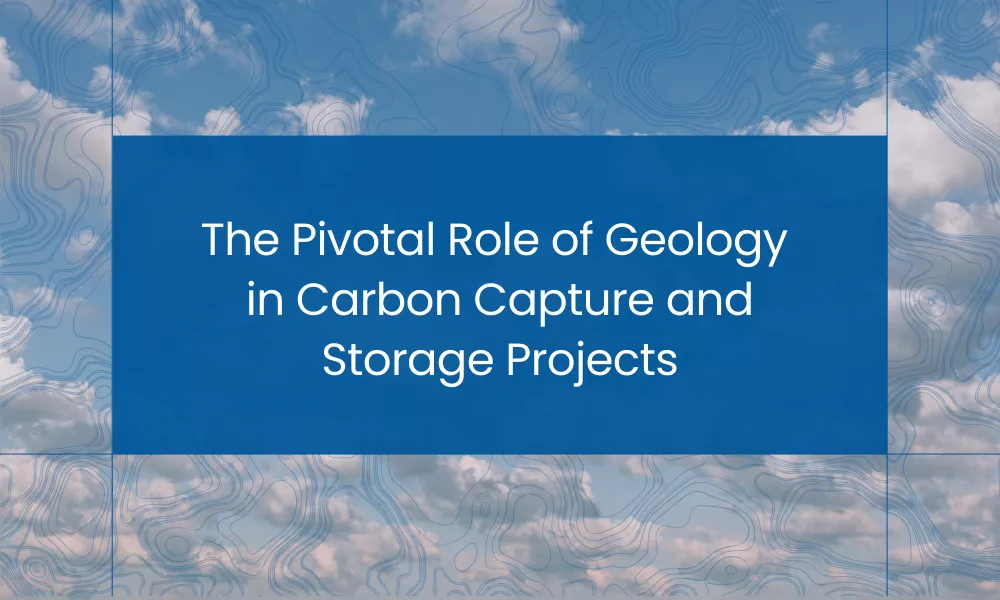As the world increasingly turns its attention to sustainable practices and environmental preservation, carbon capture, utilization, and storage (CCUS) projects are gaining prominence. These initiatives are essential in the energy industry, offering a way to reduce carbon emissions effectively. However, the success of these projects hinges on a variety of factors, one of the most crucial being the role of geology.
The Intersection of Geology and Engineering:
In CCUS projects, the disciplines of geology and engineering intertwine. The knowledge and practices derived from the oil and gas industry are invaluable in this context. For years, the oil and gas sector has harnessed geological understanding to extract hydrocarbons from subsurface reservoirs. This same expertise is now being repurposed for CCUS projects, but with a twist: instead of extracting, we are injecting carbon back into the Earth.
Understanding Subsurface Geology:
The key to successful carbon storage lies beneath the surface. Just as in oil and gas operations, a deep understanding of subsurface geology is vital. This includes comprehending the geometry and geological characteristics of potential storage sites. The aim is to identify suitable geological formations that can securely and permanently contain injected carbon dioxide.
Applying Oil and Gas Expertise:
The transition from hydrocarbon extraction to carbon storage is not straightforward, but the principles remain similar. The expertise developed over millions of years in oil and gas exploration and production provides a strong foundation for CCUS projects. This includes techniques for subsurface mapping, understanding rock properties, and predicting the behavior of fluids underground.
The Challenge of Reversal:
While the oil and gas industry has focused on extracting resources, CCUS projects involve reversing this process. This reversal is not just a physical one but also a conceptual shift in how we view and use the subsurface. The challenge lies in adapting existing geological knowledge to ensure that carbon dioxide can be stored safely, without risk of leakage or environmental harm.
The role of geology in carbon capture, utilization, and storage cannot be overstated. As we venture further into this new era of environmental responsibility, the lessons learned from the oil and gas industry become increasingly valuable. By leveraging this knowledge, we can develop more efficient and successful CCUS projects, marking a significant step forward in our journey towards a more sustainable future.

